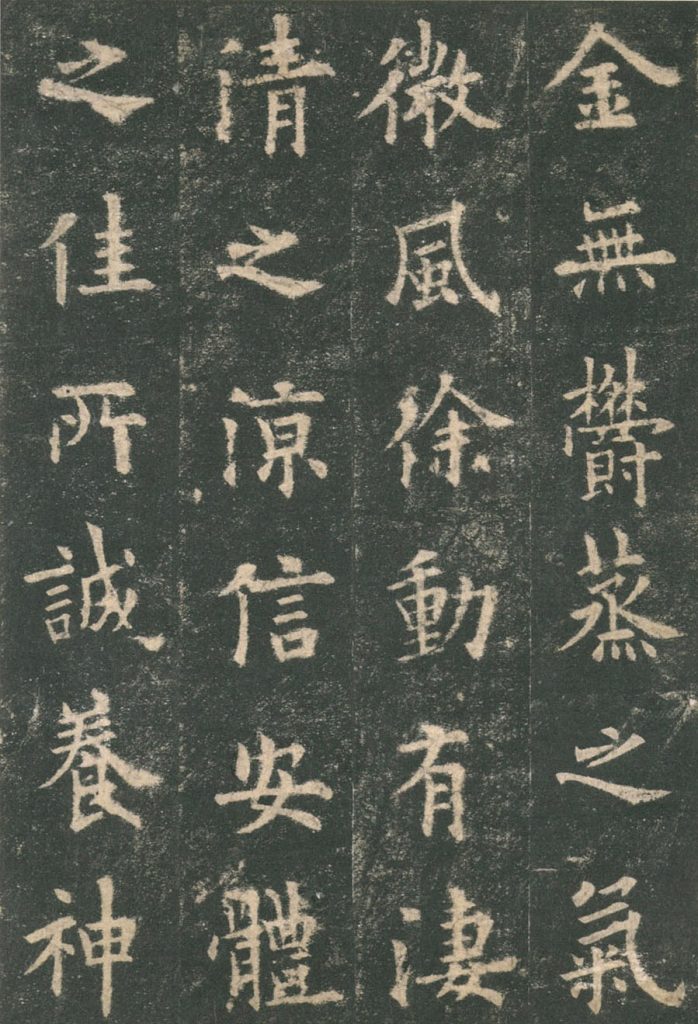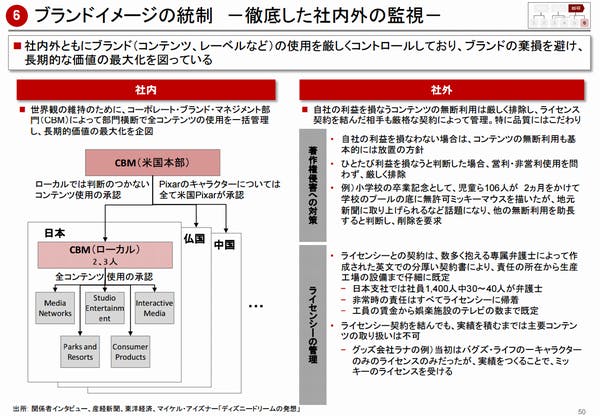Japanese poWerpoint, Weddings and Word Waterfalls

Main image source – Wikipedia
Many years ago I attended the wedding of a colleagues of mine who married his long term Japanese partner after years of battling the potential father-in-law’s concern regarding marriage to a foreigner. That’s a separate topic (it all worked out). The topic of this blog post is the speeches both husband and wife gave to the assembled guests at the party after the ceremony.
Having been fake-heckled into giving a speech by the fairly merry gathered friends and family, my friend proceeded to give a one to two minute unprepared speech, thanking guests, praising his new wife and in-laws. The speech was forgivingly dotted with ‘ums’ and ‘ers’ as would be expected of an ‘off the cuff’ speech. Oscar Wilde’s are hard to come by.
Then stepped up his wife, who launched into a similar length speech with the grace and style of an NHK announcer, barely pausing for breath as if reciting from memory. The difference was chalk and cheese, even for those not fluent in both languages. It was like, and no offense to my friend who may read this blog, what I image a unprepared 7-year old standing up at the Oxford union for a debate would look like. Different class entirely.

it’s not just my friend (I have to make a wider point otherwise this blog post is just a personal attack on my mate). The Japanese have a far greater ability to whip out a fluent speech for any occasion, at least compared to the vast majority of westerners I know, including myself. It is really quite unnerving how few beats are missing even when speaking in front of a large group of people completely off the cuff.
Of course, the secret is that this isn’t “off the cuff” at all.
Japanese PowerPoints and word entropy
Everyone knows how to make bad slides for a presentation. You can google plenty of examples. The best presentations understand that your audience only remembers 10% of what you are talking about so your slides should tell a story that conveys this 10% message as strongly as possible.
In Japanese companies, the rule is more like “cram as much text into each slide as possible and then read it all out verbatim”.

As a side note, they will do this in English also, to the simple delight of any foreign colleagues on the other end of the web meeting. “Why did he just read me his presentation? Does he not know we can see it?”.
Of course, in Japanese the experience is different in that the words on the slides are sliced into like a hot knife through butter, with links between sentences and slides flowing freely.
Any one with enough experience can also do this; practice makes perfect after all. However, the Japanese businessman’s ability to incorporate effortless presentations skills extends to, and to a certain extent comes from, various cultural snippets of language prepared for all to use “off the shelf”. Think of the “I’d just like to start off by thanking everyone for attending this meeting” that most people know and are expected to use at the start of a meeting, kind of like the intro to a song everyone knows.
There are numerous “snippets” of language readily available to use. These are further codified by the various “politeness levels”, each with specific rules for “in” and “out” group relationships, all of which must be followed unless your audience thinks of you as a ruffian, with barely the social grace of a dim-witted potato.
Side note: Reading aloud – not just for the 1930s
When I was a student of Japanese, the thing I hated more than anything were the lessons where everyone had to read out loud in turn. As the text, order of reading and split points were decided by the teacher on the day, what part you had to read was not fixed, so preparation was out of the question. I hated struggling in front of the class trying to spit out my Japanese, fumbling over every word I didn’t know how to say. This I learned was just how things are done in Japan, even in companies, and is certainly still part of traditional learning in Japanese schools (although not as much anymore – I’ll write a blog post about sitting in on a Japanese class in the future).
How this related to autistic-spectrum people?
It does. Just hear me out. I once had a Japanese colleague who was clearly on the borderline of diagnosed Asperger’s Syndrome. Think something along the lines of Sheldon from the Big Bang Theory, but without the script writers giving him funny one-liners. This colleague could however function quite well in meetings and other formal settings. The Japanese language norms including set phrased to start certain tasks, such as the beginning and end of self introductions when starting a new job, enabled someone like him to “learn” the rules rather than have to understand them. My favorite “set phrase” is the following introduction often used when introducing yourself to new colleagues: –
右も左も分からないので、ご迷惑をおかけすると思いますが、1日でも早くみなさんに追いつけるよう頑張ります。ご指導ご鞭撻のほどよろしくお願いいたします
This can be translated into the ever so elegant: –
I may not know my left from my right in this job and I will surely cause a great deal of inconvenience to everyone, but even though it is only my first day, I will do my best to catch you up as soon as possible. Thank you for your guidance and encouragement and I look forward to working with you all.
You can swap in and out various sections of the set phrase, e.g. “I will do my best <to become as useful as possible in this project>”, etc. but the basic structure is something that can be learnt and trotted out at the start of every new job, project, or transfer to a new team. And use it people do. Almost every year at least one new recruit will use the “left and right” line in their introduction at the morning meeting.
Japanese language is littered with such examples, which if learnt can enable the fluent rendition of any speech or presentation at the drop of a hat. Hence why my friend’s wife’s speech was so much higher quality, and why a socially awkward colleague can still chair meetings without derailment.
Tips for the foreign businessman in Japan
As always I like to give some practical advise for how to smooth things along in the Japanese business world, especially when giving presentations.
- Learn these set phrases, but don’t go over the top. A friend of mine went a bit far with the “formality” of his spoken Japanese once at the leaving bash for another colleague, which left a few people chuckling by the end with remarks like “he didn’t need to sound that formal, it’s only supposed to be little thank you after a night of drinks”.
- 「させていただきます」 is your good-to-go set grammar point. Use it to tell everyone you are going to do something next, e.g. 「会議を始めさせていただきます」→ I would like to start the meeting.
- If you are no good as explaining things off the cuff in Japanese, reading slides word-for-word is absolutely fine. Just make sure the point is clear and prepare to explain any tables or graphs.
- ですけれども, is an often used phrase meaning “however”, used to link sentences and is very formal.
- Your speech should be です/ますat all times. You don’t need to use anything more formal such as 「ございます」, or 「おります」, in general. It is however normal to use 「やはり」 instead of 「やっぱり」, which many like to sprinkling into the presentations.
- You use 「ご存知だと思いますが」 and 「XXさんがおっしゃった通り」always, but especially when your boss is the subject.
Those are the main aspects, and are not just useful for presentations. They can be extended to any speech in front of an audience, and believe me, the Japanese know who to do this well – they get a lot of practice and buy books on the subject. Learning to do it even half as well will give you a lot of brownie points in the Japanese business environment and enable your audience to focus on your message and not on your presentation style.

